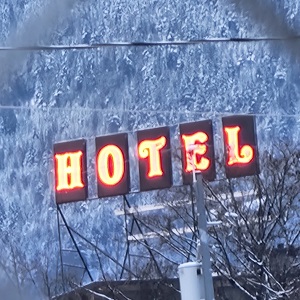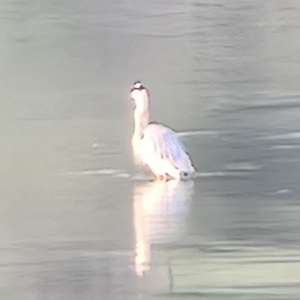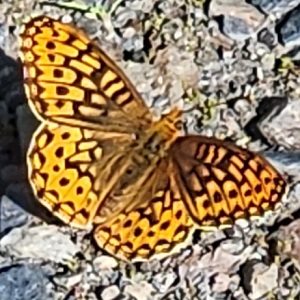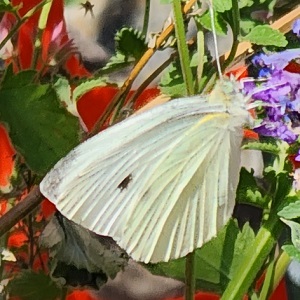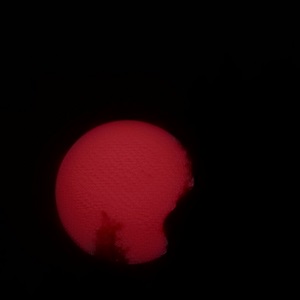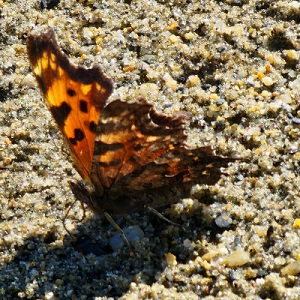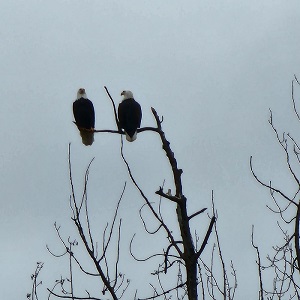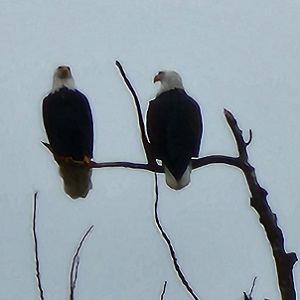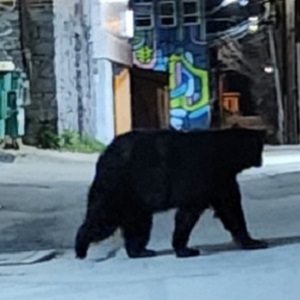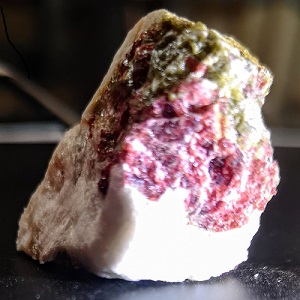Surprised I hadn't come across this before (in the book; certainly I've seen references to it).
Marvelous. The premise - a thirteenth century traveler describes the world as it appears to him, doubtful that such a person ever existed, the descriptions he provides are invariably drawn from other sources, however this did not lessen it's success. In any event to pull it off he needed to be - for the thirteenth century - formidably well read.
There is of course an abundance of misinformation and travelers tales - some of which can be read symbolically, the rest of which merely ornament those portions of the map that the world knew nothing of....
My translation was the Ian Higgins version, a "translation" from the original with notes as to his sources. More readable than the version I'm quoting here.
But worthy of mention:
And albeit that men find good diamonds in Ind, yet nevertheless men find them more commonly upon the rocks in the sea and upon hills where the mine of gold is. And they grow many together, one little, another great. And there be some of the greatness of a bean and some as great as an hazel nut. And they be square and pointed of their own kind, both above and beneath, without working of man’s hand. And they grow together, male and female. And they be nourished with the dew of heaven. And they engender commonly and bring forth small children, that multiply and grow all the year. I have often-times assayed, that if a man keep them with a little of the rock and wet them with May-dew oft-sithes, they shall grow every year, and the small will wax great. For right as the fine pearl congealeth and waxeth great of the dew of heaven, right so doth the very diamond; and right as the pearl of his own kind taketh roundness, right so the diamond, by virtue of God, taketh squareness. And men shall bear the diamond on his left side, for it is of greater virtue then, than on the right side; for the strength of their growing is toward the north, that is the left side of the world, and the left part of man is when he turneth his face toward the east.
Descriptions of distant countries ending with:
In that country grow many strong vines. And the women drink wine, and men not. And the women shave their beards, and the men not.
Or:
In one of these isles be folk of great stature, as giants. And they be hideous for to look upon. And they have but one eye, and that is in the middle of the front. And they eat nothing but raw flesh and raw fish.
And in another isle toward the south dwell folk of foul stature and of cursed kind that have no heads. And their eyes be in their shoulders.
And in another isle be folk that have the face all flat, all plain, without nose and without mouth. But they have two small holes, all round, instead of their eyes, and their mouth is plat also without lips.
And in another isle be folk of foul fashion and shape that have the lip above the mouth so great, that when they sleep in the sun they cover all the face with that lip.
And in another isle there be little folk, as dwarfs. And they be two so much as the pigmies. And they have no mouth; but instead of their mouth they have a little round hole, and when they shall eat or drink, they take through a pipe or a pen or such a thing, and suck it in, for they have no tongue; and therefore they speak not, but they make a manner of hissing as an adder doth, and they make signs one to another as monks do, by the which every of them understandeth other.
And in another isle be folk that have great ears and long, that hang down to their knees.
Hilarious descriptions of ants that mine gold and the spanning of Christianity; apocrypha gathered or invented from every known quarter of the globe, fabulous descriptions of incredible riches that inspire one to travel the world and gather to one's bosom those treasures discarded by those peoples that don't value them.
There also be many beasts, that be clept orafles. In Arabia, they be clept gerfaunts. That is a beast, pomely or spotted, that is but a little more high than is a steed, but he hath the neck a twenty cubits long; and his croup and his tail is as of an hart; and he may look over a great high house. And there be also in that country many camles; that is a little beast as a goat, that is wild, and he liveth by the air and eateth nought, ne drinketh nought, at no time. And he changeth his colour often-time, for men see him often sithes, now in one colour and now in another colour; and he may change him into all manner colours that him list, save only into red and white. There be also in that country passing great serpents, some of six score foot long, and they be of diverse colours, as rayed, red, green, and yellow, blue and black, and all speckled. And there be others that have crests upon their heads, and they go upon their feet, upright, and they be well a four fathom great, or more, and they dwell always in rocks or in mountains, and they have alway the throat open, of whence they drop venom always. And there be also wild swine of many colours, as great as be oxen in our country, and they be all spotted, as be young fawns. And there be also urchins, as great as wild swine here; we clepe them Porcz de Spine. And there be lions all white, great and mighty. And there be also of other beasts, as great and more greater than is a destrier, and men clepe them Loerancs; and some men clepe them odenthos; and they have a black head and three long horns trenchant in the front, sharp as a sword, and the body is slender; and he is a full felonious beast, and he chaseth and slayeth the elephant. There be also many other beasts, full wicked and cruel, that be not mickle more than a bear, and they have the head like a boar, and they have six feet, and on every foot two large claws, trenchant; and the body is like a bear, and the tail as a lion. And there be also mice p. 192as great as hounds, and yellow mice as great as ravens. And there be geese, all red, three sithes more great than ours here, and they have the head, the neck and the breast all black.
And many other diverse beasts be in those countries, and elsewhere there-about, and many diverse birds also, of the which it were too long for to tell you. And therefore, I pass over at this time.
And, occasionally accurate descriptions of things like the Tibetan Sky Burials, and so it goes.
A marvelous tour of the medieval world, if not traveled than well assembled and reimagined by the purported John Mandeville. Of course I enjoyed this book, how could it be otherwise?
Now on to De Sade's "The Misfortunes of Virtue" And other early tales, prefaced and in a "new translation" by David Coward.
I must say, while not entirely a fan of his topics I certainly admire his style...

